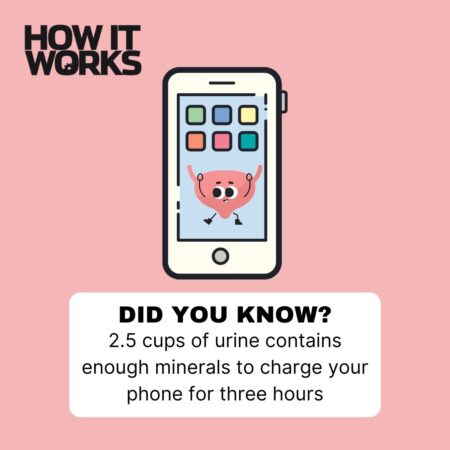What is a lunar eclipse?
Approximately three times a year, the world experiences a lunar eclipse, when for a brief period of time – ranging from a matter of minutes to hours – the Moon appears a dark red colour, despite being entirely out of sight of the Sun. To understand what’s going on here we need to get to grips with the motion and phases of the Moon as it orbits our planet.
From Earth we only ever see roughly half of the Moon. This is because our natural satellite is tidally locked to our planet, so it orbits with the same side facing towards us (although, due to a slight wobble in its orbit, we can actually see about 59 per cent of its surface from the ground). For this reason the Moon goes through phases in the night sky, depending on where it is in respect of the Sun. During a full Moon the Sun is lighting up the entirety of the half we can see, but when the Sun shines on just the side of the Moon we can only see a thin crescent.
As light from the Sun reaches Earth, not all of it hits the surface. Most of it goes straight past our planet into space. However, at the boundary of Earth’s atmosphere and space, something odd happens. The light from the Sun refracts, or bends, in our atmosphere. As sunlight is white light, it splits into its constituent colours (namely, all of them). Colours with a longer wavelength, like red, refract more than those with a shorter wavelength, like blue.
Thus, in line with the edge of the Earth facing away from the Sun, you get an area known as the penumbra. This is a slightly more diffused circular coned shadow of the Earth that appears behind the planet. Inside the penumbra is an area known as the umbra. This is where the more heavily refracted red light is bent, forming a small shadowed circle out of view of the Sun. If an object like the Moon moves within this narrow cone it will turn a deep shade of red. When it moves out of the umbra and back into the penumbra, it will slowly change back to its more familiar white tone as the non-refracted sunlight hits its surface once again.
How do we know when the next lunar eclipse will occur?
A lunar eclipse only occurs during a full Moon, when the Moon is directly out of sight of the Sun, but not every full Moon is a lunar eclipse. This is due to the position of our natural satellite in relation to the Sun-Earth plane. Although the Earth orbits in a relatively flat plane around the Sun, the Moon moves up and down in its orbit in three-dimensional space, about five degrees off this plane. Any point at which it crosses the plane is called a node. When a node and full Moon coincide this is when we can observe a lunar eclipse, as the Moon will be completely obscured from the Sun by the Earth.
It takes 27.2 days for the Moon to move from node to node, but 29.5 days for it to go through its full Moon phases, so lunar eclipses will occur at a rate of approximately three a year across the globe. The Moon’s cycle of dancing between nodes and changing to a full Moon is known as the Saros cycle and takes 6,585 days to complete, allowing lunar eclipses to be predicted long into the future.
There is absolutely no danger in observing a lunar eclipse. The light reflected from the Moon poses no threat to your eyesight, unlike solar eclipses, which can be dangerous to view with the naked eye.
Discover more amazing space facts in the latest issue of How It Works magazine, on sale now! Pick up a copy from all good retailers, or order it online from the ImagineShop. If you have a tablet or smartphone, you can also download the digital version onto your iOS or Android device. To make sure you never miss an issue of How It Works magazine, make sure you subscribe today!
Plus, take a look at:




